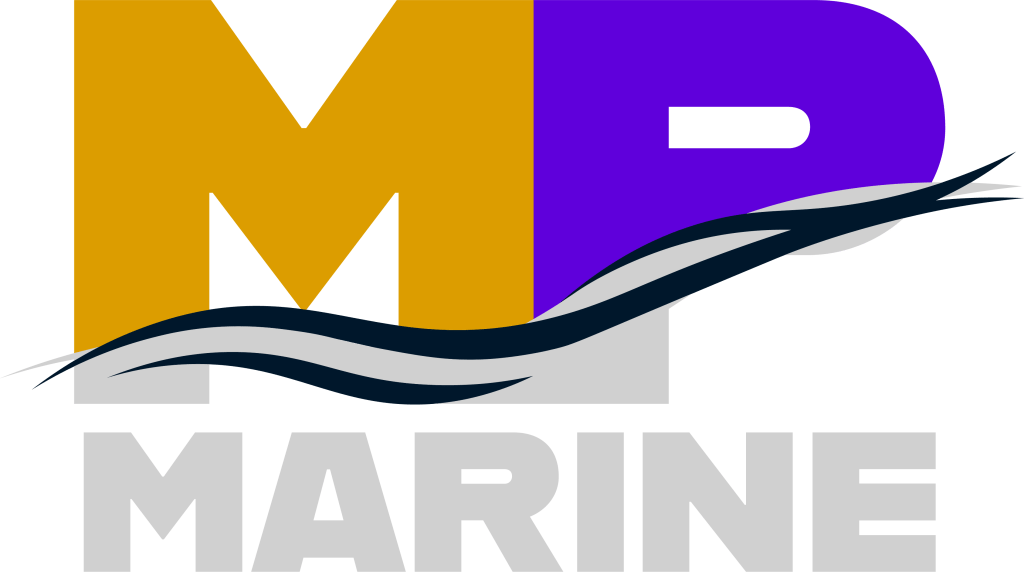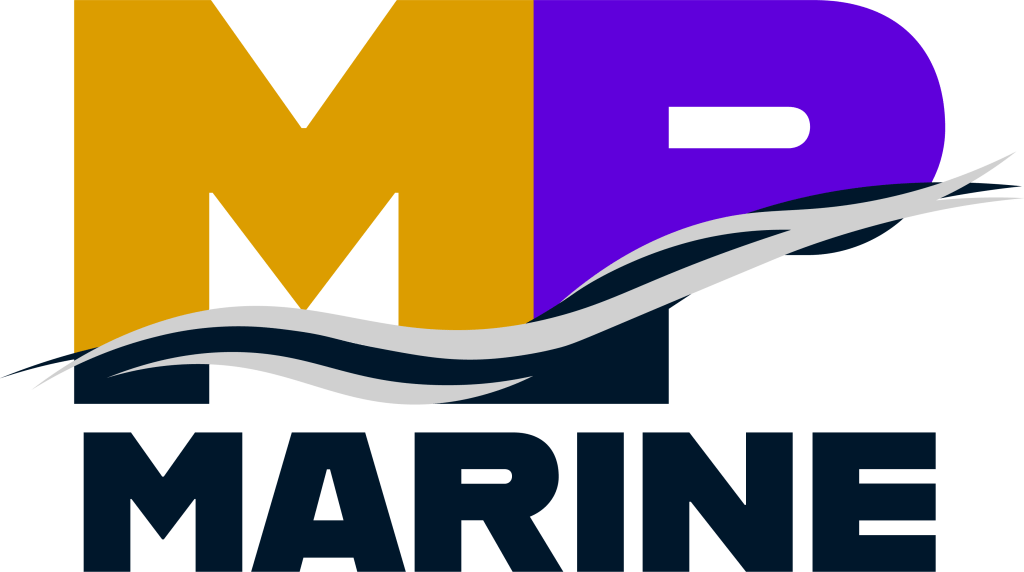Marine navigation system gear now acts like a quiet co-pilot at sea, guiding crews with clear data, steady updates, and simple tools that reduce risk and save time. From small fishing boats to long-haul cargo ships, modern electronics support calm decisions, smoother routes, and lower fuel use. With steady information on weather, traffic, and depth, crews work with confidence, and families at home feel that same comfort.
Clear Course Planning With Digital Charts
First, electronic charts remove guesswork. ECDIS and chartplotters present coastlines, buoys, and hazards on crisp displays, so crews can set waypoints and plan routes with ease. Moreover, route layers help officers see tide windows, traffic lanes, and speed limits in one place. As a result, the plan on screen matches the plan in the logbook, and changes carry through the day without confusion.
Constant Position Awareness Through GNSS and Sensors
Next, GNSS such as GPS and GLONASS give precise position fixes, while a gyro compass, speed log, and wind sensors add steady context. Together, these inputs feed the bridge display, autopilot, and alarm logic. Therefore, when current shifts or wind rises, the system compares the intended track to the live track and prompts a timely correction. With this steady reference, crews steer clean lines and avoid wasted miles.
Radar and AIS for Traffic Clarity
Furthermore, radar shows targets in rain or darkness, and modern sets add target trails and sea clutter control for clearer pictures. AIS broadcasts a vessel’s identity, course, and speed, then plots other ships on the screen with names and CPA/TCPA readouts. Consequently, officers see crossing traffic early, judge risk calmly, and act with room to spare. This blend of radar overlay on electronic charts keeps the bridge aware without scrambling for details.
Depth, Seabed Insight, and Safer Close-Quarters Work
Meanwhile, a depth sounder and sonar readouts protect hull and propellers in harbors and near reefs. Bottom contour lines and shallow-water alarms cue slower speeds and wider turns. Therefore, tug crews, pilots, and captains can line up approaches with steady confidence. Even on coastal runs, early warnings about shoals or silted channels prevent delays and repair bills.
Weather and Route Optimization That Saves Fuel
Moreover, satellite weather, GRIB files, and on-screen forecasts point the way to calmer seas and smarter timing. By shifting ETD or altering a leg slightly, a ship can surf helpful swells and avoid head seas that burn fuel. Plus, current charts and wave models support speed adjustments that trim consumption without risking schedules. Over time, these small choices add up to lower costs and lower emissions, which helps both the business and the ocean.
Autopilot That Steadies Motion and Reduces Fatigue
Then, autopilot holds a set course and smooths helm movements. Gentle, consistent rudder inputs reduce sway and keep fuel use in check. In rough weather, track-keeping modes tie into GNSS and steer along the planned line, easing the workload on the watch. As a result, crews hold energy for lookout duties, engine checks, and cargo tasks, rather than fighting the wheel for hours.
Smart Alarms That Inform, Not Overwhelm
In many older wheelhouses, too many alerts cause stress. Today’s marine navigation system designs group alarms by priority and filters out noise. For instance, guard zones on radar trigger only when a real target crosses a set ring. Likewise, shallow-water alerts wait for a true risk, not a harmless ripple near the transducer. Consequently, when a horn sounds, the team reacts fast because the message matters.
Seamless Data Sharing Across the Bridge
Also, NMEA and Ethernet networks let sensors, MFDs, and ECDIS stations share the same core data. Therefore, what appears on the captain’s chair display matches what the mate views on the conning screen. With synced waypoints, AIS targets, and engine data, handovers stay short and clear. This shared picture builds trust across the team, and trust builds safer routines.
Better Communication at Sea and in Port
VHF with DSC, satellite messengers, and GMDSS gear tie the vessel to shore and nearby ships. As a result, position reports, safety messages, and routing updates flow without delay. When ports adjust pilot boarding times or berth assignments, the bridge sees the update on screen and adapts smoothly. Hence, idle time drops, paperwork errors fade, and schedules stay intact.
Simple Steps That Raise Safety and Efficiency
Balanced use of electronics keeps the focus on seamanship. Short, steady habits make the biggest gains.
- Update electronic charts and firmware before sailing.
- Set realistic guard zones on radar and AIS, then test alarms.
- Save standard routes with clear waypoint names and safe margins.
- Log fuel, speed, and sea state to track real savings over time.
- Train each watch to use the same display layouts for fast handovers.
Each step takes little effort, yet each step blocks a common cause of delay or damage. With habits like these, technology serves the crew rather than the other way around.
Human Judgment Remains at the Center
Even with strong tools, the helm still needs a calm mind and sharp eyes. Therefore, bridge teams cross-check screens with visual bearings, buoys, and soundings. Paper backups sit ready, and drills keep everyone fluent with loss-of-signal or blackout routines. This balance keeps the ship prepared for rare moments when electronics fall silent. With skill first and electronics second, safety stays steady.
Maintenance That Protects Uptime
Routine care keeps every marine navigation system reliable. Clean antenna connections prevent dropouts. Dry, tidy cable runs reduce interference. Firmware updates fix bugs and expand features. Spare parts on board shorten delays far from port. As a result, even during long ocean legs, the bridge keeps full function with minimal downtime.
Data That Supports Smarter Fleets
For operators running several vessels, shared data turns into clear action. Trip logs, fuel curves, and engine hours align with route choices and weather notes. Managers spot which legs waste fuel, which ports need longer windows, and which crews benefit from refresher training. Therefore, decisions feel grounded, and improvements stick.
Real Gains for Small Boats and Large Ships Alike
Yachts, workboats, ferries, and bulk carriers all benefit from the same core ideas. Simple screens, clear alarms, and reliable sensors create a calm space on the bridge. Then, steady planning and routine checks turn that calm into better outcomes at sea and at the dock. With the right mix, safety rises and costs fall without drama.
Conclusion
Modern electronics turn information into calm action, and calm action keeps people and cargo safe. With digital charts, GNSS fixes, radar, AIS, depth readouts, and weather layers working together, crews steer clean tracks, avoid hard surprises, and trim fuel. Moreover, shared data across the bridge tightens teamwork and shortens delays in port. In short, a well-kept marine navigation system supports safe choices and smooth sailing day after day. For installation, integration, or upkeep of your marine navigation system, M.P. Marine stands ready to serve with care and clarity.


